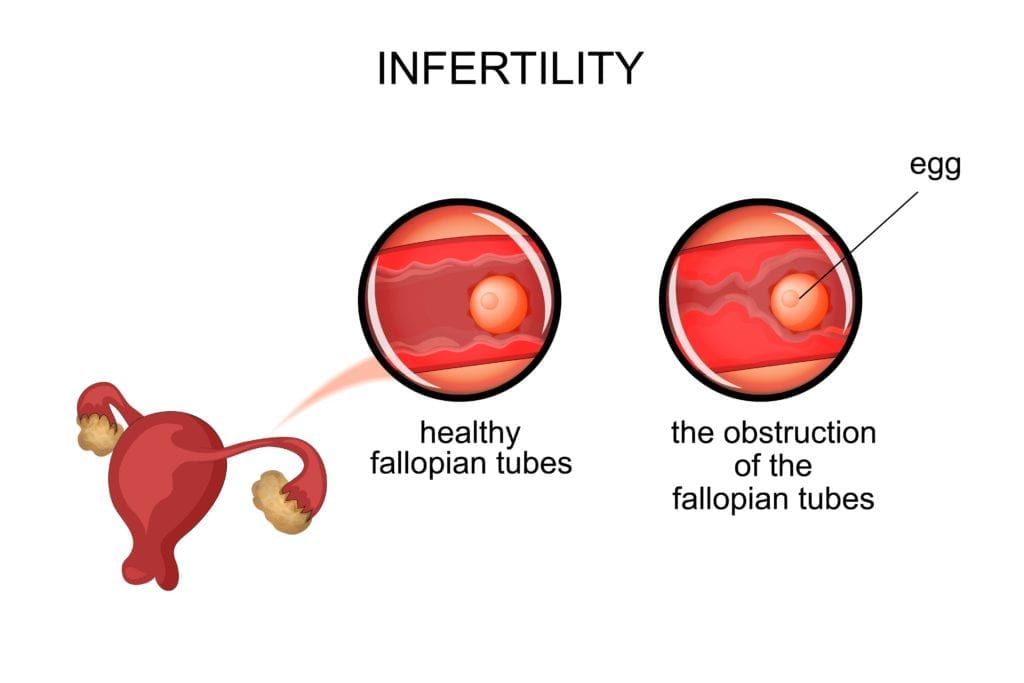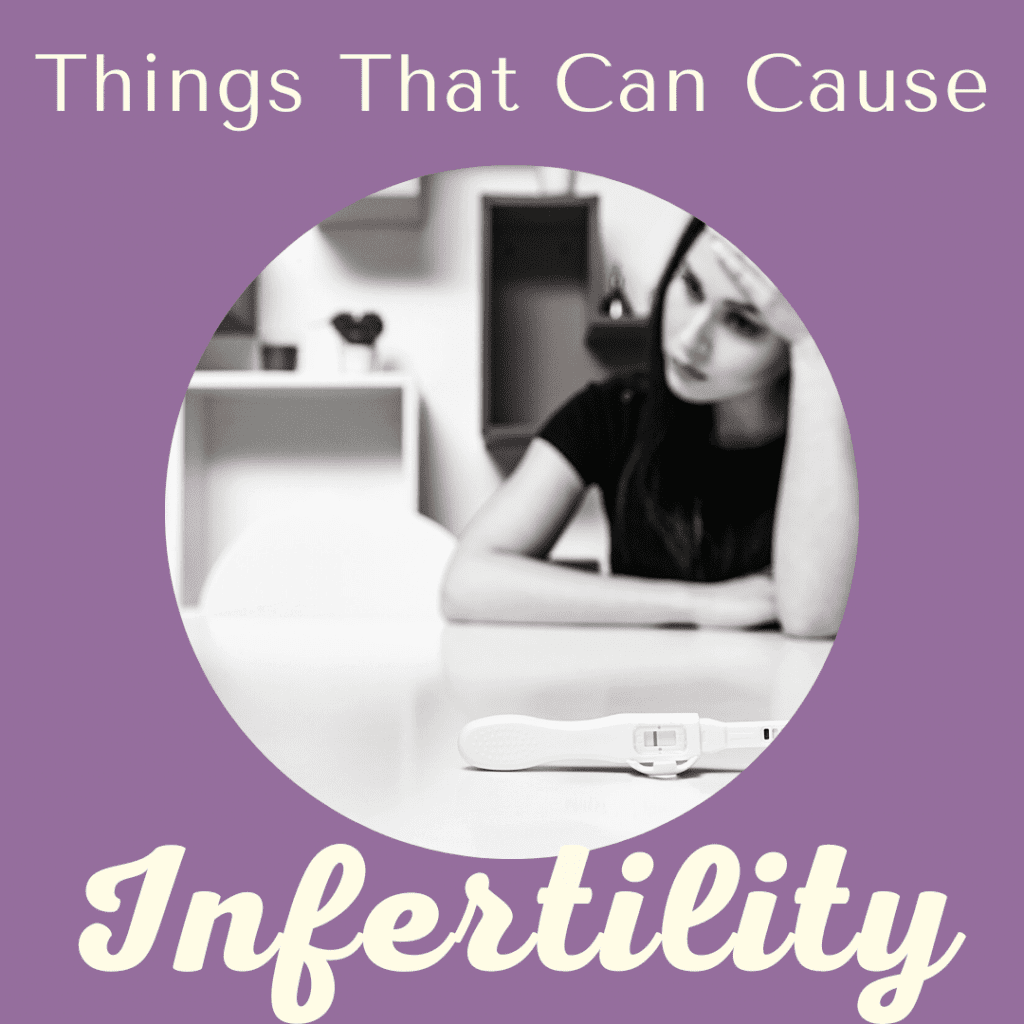
Struggling to conceive can be both frustrating and emotional. As many as 10-15% of American couples are eventually diagnosed with infertility, or the inability to get pregnant despite having frequent and unprotected sex for at least a year. However, being diagnosed with infertility does not immediately mean that you and your partner cannot conceive a child. It just means that you will need to work with a gynecologist to determine the cause of your infertility and take steps to significantly improve your chances. Here are some of the most common causes of infertility:
Age
One of the most common causes of infertility in women is age. This is due to the simple fact that as a woman gets older, the amount and quality of eggs she produces decreases. As the quality of her eggs decreases, the risk of chromosomal abnormalities increases. Unfortunately, as many as 70% of miscarriages are caused by chromosomal abnormalities.
Endometriosis
Endometriosis is when the uterine lining grows outside of the uterus instead of inside it. Around 30-50% of women with endometriosis are believed to be infertile. Endometriosis can affect fertility by scarring the Fallopian tubes, preventing implantation, changing the hormonal environment of the eggs, inflaming and distorting the pelvic structures, and altering the quality of the eggs.
Endometrial Polyps
Endometrial polyps, also known as uterine polyps, are small growths that form on the inside of the uterus. Most polyps are benign, meaning they are non-cancerous, however there is a chance that they can eventually turn into cancer. They can vary in size and quantity and the largest polyps can get up to the size of a golf ball. Uterine polyps that are believed to be causing infertility can be removed to increase the chances of becoming pregnant.
Ovulation Disorders
Ovulation disorders can cause a woman to ovulate less or not at all, which can make it challenging or impossible to get pregnant naturally. Although polycystic ovarian syndrome (PCOS) is the most common ovulation disorder, ovarian insufficiency and hypothalamic amenorrhea are two other types of ovulation disorders. It is estimated that around 25% of infertility cases can be attributed to ovulation disorders.
Tubal Factor

This type of infertility can occur when the fallopian tubes are damaged, scarred, or obstructed and prevent the sperm from reaching the ovary or prevent a fertilized embryo from reaching the uterus. It can occur as a result of pelvic inflammatory disease, STDs, or endometriosis. In some cases, surgery can be used to repair the fallopian tubes. In other cases, in vitro fertilization may need to be used. Around 25-35% of infertility cases can be attributed to tubal factor infertility.
Uterine Fibroids
Uterine fibroids are benign growths made of fibrous tissue that form inside the uterus. It is possible to have uterine fibroids and get pregnant, however fibroids that change the shape of the uterine cavity can prevent an embryo from being able to implant. In these cases, surgery can be used to remove the fibroid and increase the chances of getting pregnant.

Dr. Geoffrey Zann is a Certified Robotic Da Vinci Surgeon, Board-certified by the American College of Obstetricians and Gynecologists, and a Diplomat of the American Board Obstetrics of Gynecology. He has been a member of the American Society for Colposcopy and Cervical Pathology, American Association of Gynecologic Laparoscopists, and the Hugh R. K. Barber Obstetric and Gynecologic Society.
